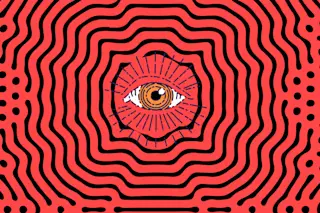Your brain has a lot to think about, so if there’s a way to outsource a few mental tasks to save bandwidth, it’s going to do it. Now researchers have discovered another such workaround: the neurons in your fingertips perform some computational tasks independently of the brain. Researchers from Umeå University in Sweden demonstrated that nerve endings in our fingertips encode information about touch intensity and shape before those signals ever travel to the brain. Their findings challenge the long-held belief that our skin simply signaled that something was touched, and our brains processed all the bits of information about shape.
Pressure-sensing nerves in our fingertips come in two different flavors – Meissner corpuscles and Merkel discs. Meissner corpuscles react to light, fast deformations across the skin, and Merkel discs respond to pressure and slower, deeper impressions on the skin. Researchers hypothesized that these two nerve types worked in harmony ...













